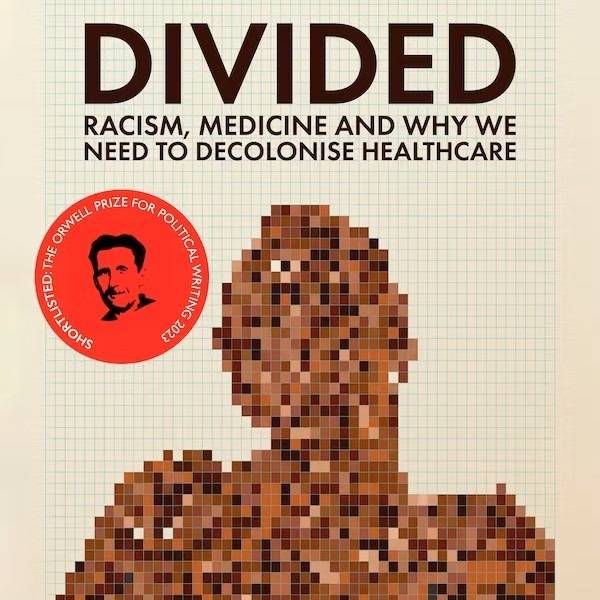In 2010, while researching an article, I met a pregnant woman who had fled from an abusive relationship after three years of sadistic abuse. Eventually, it had got too much and she sought help at a women’s refuge with her young daughter. She was living in basic conditions, in a small room with a shared kitchen and bathroom. The only cooking facilities were a microwave and a fridge – but she was safe, her child and her unborn baby were safe, and they were free from her violent partner. Day to day life was not easy, but case workers were helping her to obtain legal and psychological help. It may have been some way off, but there was light at the end of the tunnel.
Every year in the UK, 1.2 million women and 800,000 men report domestic violence. For the women who make up the majority of these cases, refuges are a vital lifeline. Many don’t have a network of family or friends to turn to; the woman I met in 2010 was a recent immigrant to the UK. Others may have been isolated from their support networks by an abusive partner, as physical and psychological control is often a key part of domestic violence. For those in this situation, refuges present the only way out of an otherwise stark choice: stay with an abusive partner, or face homelessness.
However, according to a new report, government cuts mean that the system – which was, at the best of times, stretched – is being pushed into a “state of crisis”. The charity Women’s Aid supports more than 350 domestic and sexual violence services across England. Its annual survey this year took a snapshot of women’s refuges across the country on a single day, 27 June 2013. It found that 155 women and 103 children were turned away from the first refuge they approached. It also found that 112 specialist posts were lost from 150 organisations in 2013, with the majority due to cuts in funding.
Many of these centres depend on money from their local authority – and local authority budgets have been slashed across the board. The survey found that almost a third of the refuges which did rely on local authority funding had experienced budget cuts. Almost half of shelters are now so low on costs that they are running services without any dedicated funding.
While 9,577 women and 10,117 children were given refuge last year by the organisations surveyed, the fact that 150 could be turned away in a single day is profoundly worrying. Analysts have suggested that the figure could even be higher than that on certain days. Polly Neate, the chief executive of Women’s Aid, said that specialist domestic violence services were “reaching a breaking point”.
Specialist domestic violence refuges are vitally important. Women and children who go there are often reaching their own breaking point, and need support and care. A general refuge – which may also house women recently released from prison, or those with addiction or mental health problems – is better than nothing, but it cannot provide the specific support that a victim of domestic violence needs.
Responding to the report, the Home Office said that it has “ring-fenced nearly £40m of funding for specialist local support services and national helplines to help people escape abusive situations”. But, as today’s survey shows, ring-fenced money is not the be all and end all: changes to housing benefit affect refuge incomes, slashed local authority budgets mean less money to give out, and so on. Accordingly, Women’s Aid has called for guarantees that welfare reforms do not result in refuge services losing rental income and facing closure.
It is already estimated that 70 per cent of domestic abuse goes unreported, and that, on average, a woman will be abused 35 times before she seeks help from the police. As a society, we should be working on bringing those numbers down, not inadvertently sending them up.

